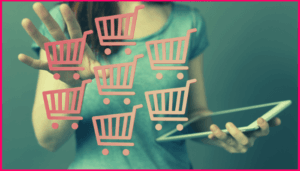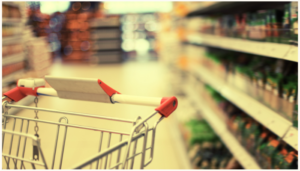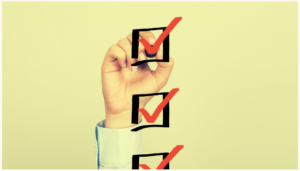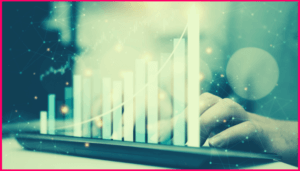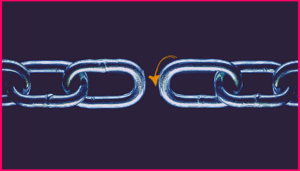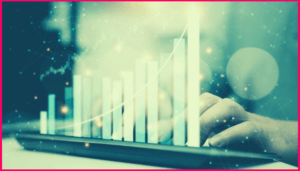Retail Analytics and Intelligence
Reading Time: 9 Minutes
In the age of ChatGPT, it’s hard to deny the advances of digital technology.
Businesses realize the power of automated intelligence and the advantages that come with a data-driven approach. I think everyone agrees that the amount of data for us to absorb and analyze is overwhelming. In retail – every store, every customer, every channel, every transaction, and every product… are all data stories for you to learn from.
Data automation and intelligence deliver a variety of benefits (which we’ll discuss later). It gives you visibility into your business and into your competitors tactics. By leveraging data and intelligence solutions, the best retail organizations are able to make smarter business decisions that keep them ahead of the competition and on the top of consumers’ minds.
The value of retail analytics can’t be underestimated.
What is Retail Analytics?
Retail analytics is the process of collecting information related to your store and using it to discover trends, opportunities, and whitespace. Retail analytics is business intelligence for retailers to efficiently track product availability, assortment gaps, store performance, pricing and promotions.
The State of Retail Analytics
Most businesses are investing analytics, and companies increasingly regard data and analytics as part of their competitive advantage. The global retail analytics market size is projected to reach $11.1 billion by 2025, at a CAGR of 21.2%. The factors for growth? Demand for data dashboards, growing adoption of cloud technologies, and increase in data generation.
E-commerce transformed retail analytics. Lots of competition and on-the-go price comparisons led retailers to more modern and reliable data solutions. Retail analytics should offer a clear, frequent picture of pricing, promotions, assortment, and availability data.
Benefits of Retail Analytics
Effective retail analytics platforms provides consistent data so businesses can have a total view of performance, market prices, effective promotions, and assortment gaps. Using automated actions from your data leads to a stronger (and more competitive) business.
Consider the following…
Improve Efficiency
Automated actions help retailers make faster business decisions.
Strengthen Loyalty
Data monitoring helps you focus on creating the best price-value and experience for shoppers.
Drive Growth
Retail data gives you assortment and availability insights so you can identify product gaps by location or discover whitespace in your assortment.
Price Smarter
Price monitoring helps retailers determine the perfect prices across top categories. Promotion tracking offer insights to your competitors strategy so you can optimize effectiveness.
Motivate Strategy
Retail analytics give you the real-time and accurate insights to make more strategic, profitable decisions.
As far as specific use cases go… retailers can use data and intelligence solutions to quickly adjust prices to compete with another store and to recognize which products sell the most (or least). Retailers could also use data and intelligence solutions to monitor out of stocks in a specific market or to establish a better promotion calendar. The real benefit to retail analytics is that you have confidence to make better decisions because you’re collecting tons of data from ecommerce sites, store locations, and even delivery services.
4 Types of Retail Analytics
Based on the availability of data, retailers can have…
- Descriptive Analytics (what happened)
- Diagnostic Analytics (why it happened)
- Predictive Analytics (What’s most likely to happen)
- Prescriptive Analytics (recommended actions for descriptive, diagnostic, predictive)
Do I Need Retail Analytics?
Big retail businesses implement tools for assortment, pricing, and promotions data. But McKinsey points out, the best analytics solution does not help if it’s not used and understood by the respective decision makers (such as category managers).
We definitely suggest retail businesses turn to data and intelligence to achieve success in the omnichannel marketplace. Retailers can no longer rely on gut-feelings… you need dependable data to guide those strategic decisions. Analytics will help you understand what’s going on inside and outside of your business. And, the right data provider will support your success. Look for a data provider with an experienced team that is readily available and responsive.
How you might use retail analytics: Using your data for assortment optimization »»
Retail businesses can use assortment data to optimize product offerings. Start by identifying key categories and key competitors. Look at the data to see how you compare. You might ask yourself – which brands are they selling? What trends are happening over time? Which products have been removed – in which geographies?
Your Retail Analytics Solution
Discover how our premier retail pricing analytics gathers and simplifies your data, so you have instant visibility to metrics that matter. Our team works closely with our retail partners to deliver reliable insights that enable growth. Get pricing data across all competitors, in all channels, across all locations, every day, intraday.
The Latest Insights – Straight to Your Inbox
Sign up for the Bungee Tech mailing list for actionable strategies, upcoming events, industry trends, and company news.








